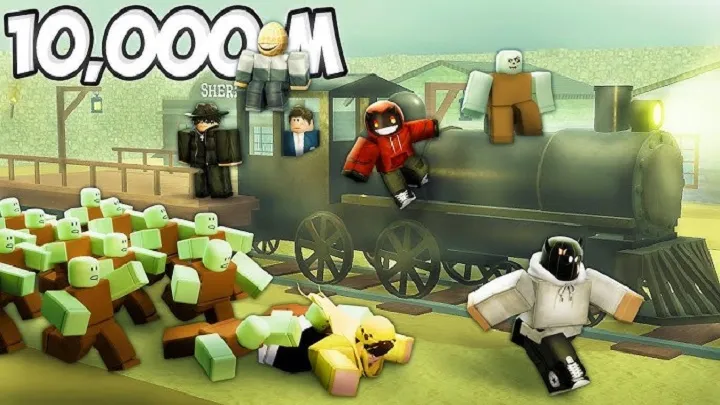Call of Duty: Black Ops Cold War is more than a first-person shooter; it is a narrative experiment that drops players into one of the most psychologically tense eras of modern history. Unlike other entries in the franchise that focused heavily on warfare spectacle, Cold War presents espionage, paranoia, disinformation, and fractured memory as central pillars of its storytelling. The game takes players not just through firefights, but through psychological manipulation, trust, and the uncertainty of truth itself.
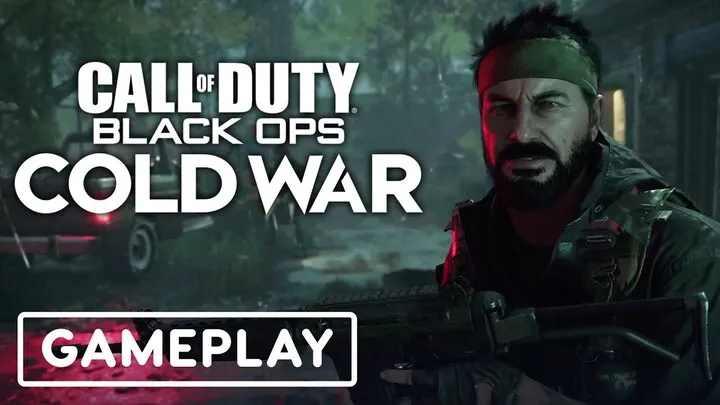
This article explores how Cold War’s narrative uses psychological depth to immerse players. By breaking down its story elements, player-driven choices, character design, and historical context, we can see how it redefines Call of Duty’s approach to narrative immersion.
Setting the Stage: The Era of Cold War Tension
The game situates itself in the early 1980s, one of the tensest phases of the Cold War. Unlike World War II or modern warfare entries in the franchise, Cold War emphasizes secrecy, political maneuvering, and proxy conflicts rather than full-scale battles.
The sense of tension is baked into the atmosphere. Players operate in a world where no one can be trusted, and even allies carry hidden agendas. This subtle shift in focus from battlefield dominance to espionage intrigue sets Cold War apart.
The Role of Espionage in Shaping Gameplay Atmosphere
Espionage is central to the Cold War setting, and the game reflects this through both narrative and mission design. Missions are often framed as covert operations, where silence, disguise, and deception matter as much as shooting accuracy.
Key Elements of Espionage Atmosphere
- Stealth Missions: Players infiltrate enemy bases under the constant threat of exposure.
- Double Agents: Several story beats hinge on the uncertainty of loyalties.
- Encrypted Information: Collectibles and hidden files emphasize secrecy.
By embedding espionage into the player’s role, Cold War blurs the line between war and psychological warfare.
Characters as Mirrors of Cold War Psychology
The characters in Cold War are not only allies or enemies; they embody psychological archetypes of the era. From Adler’s calculated manipulations to Bell’s fragmented memories, every character serves as a piece of the broader puzzle of paranoia.
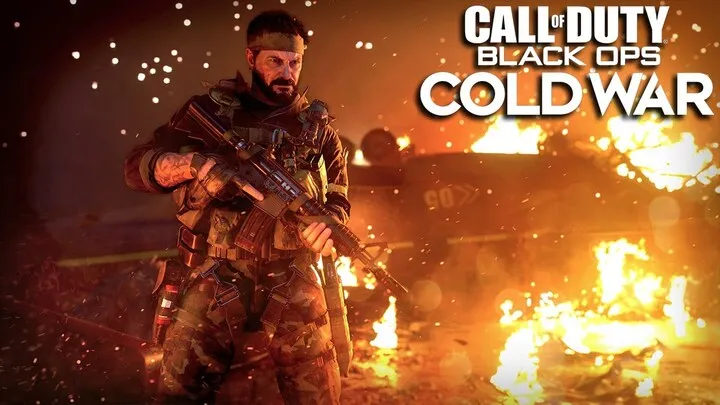
This creates a sense of unease in the player. You are never fully sure whether you are in control or being controlled, mirroring the political manipulation of the Cold War.
The Fragmented Identity of Bell
Perhaps the most innovative narrative design in Cold War is the treatment of the player character, Bell. Unlike other protagonists in the series, Bell is defined by broken memories, brainwashing, and manipulation.
Layers of Bell’s Identity
- Brainwashing: Bell’s memories have been altered to serve hidden purposes.
- Uncertainty: The player experiences the same confusion as the character.
- Choice and Consequence: Bell’s decisions directly shape the ending, reinforcing the theme of identity and agency.
Bell becomes a psychological experiment in narrative design, making players question the reliability of their own perspective.
Truth, Lies, and Player Choice
Cold War is unique in the franchise for how it incorporates player choice into its narrative outcomes. Choices about interrogation, alliances, and mission strategies do not simply affect gameplay—they alter the story itself.
This mirrors the era’s obsession with misinformation. In a world where propaganda was weaponized, the player is constantly forced to navigate between lies and partial truths.
Historical Paranoia and Real-World Parallels
One of Cold War’s strongest achievements is blending real-world history with fictional espionage. The fear of nuclear annihilation, mistrust between superpowers, and covert operations mirror actual Cold War anxieties.
The game leverages these historical parallels to heighten immersion. Players not only fight enemies but also feel the weight of a global system teetering on the brink of collapse.
The Atmosphere of Constant Surveillance
Surveillance is another recurring theme that adds psychological tension. Environments are filled with listening devices, restricted zones, and watchful eyes. Players feel as though every action could be observed and recorded.
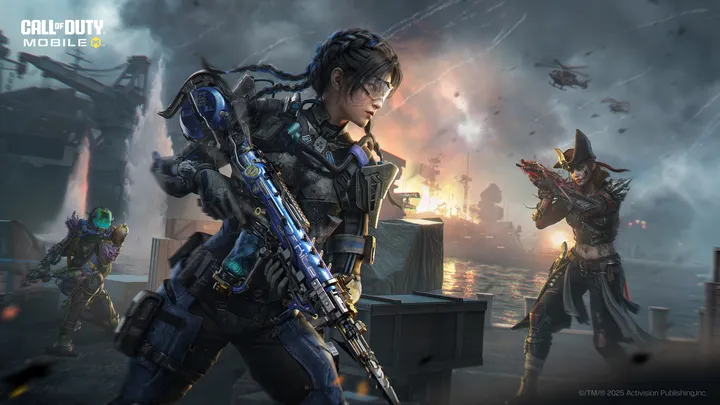
This mechanic works both narratively and atmospherically, reinforcing the paranoia that defined the real Cold War era.
The Manipulation of Memory in Narrative Design
The most striking feature of Cold War’s story is its manipulation of memory. Through brainwashing sequences, dream-like flashbacks, and twisted recollections, the game actively disorients the player.
Effects of Memory Manipulation
- Disorientation: Players question what is real or fabricated.
- Empathy: Experiencing Bell’s fractured memory creates deeper emotional connection.
- Agency: Players feel complicit in constructing or deconstructing their own past.
This psychological approach transforms Cold War into more than a shooter—it becomes a narrative about perception itself.
Endings as Reflections of Player Psychology
Cold War features multiple endings, each shaped by the player’s actions and beliefs throughout the campaign. Unlike traditional linear stories, the narrative branches reflect moral ambiguity.
Rather than presenting a “right” or “wrong” conclusion, the endings force players to reflect on loyalty, deception, and the human cost of survival during the Cold War.
The Lasting Impact of Cold War’s Narrative
By combining espionage, paranoia, and psychological manipulation, Call of Duty: Black Ops Cold War elevates its narrative beyond simple warfare storytelling. It leaves players with questions rather than answers, reflecting the very nature of the Cold War itself.
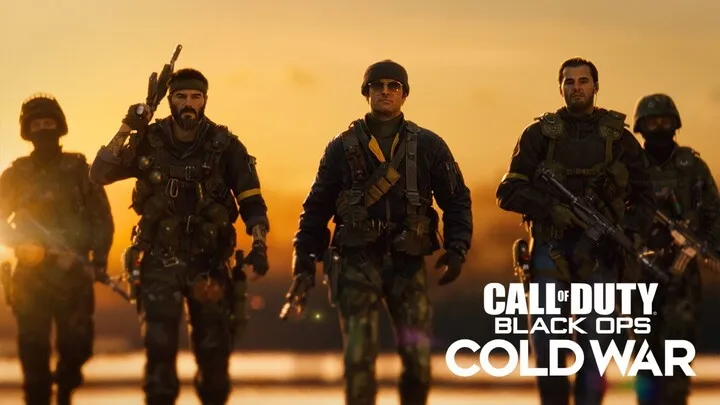
The game demonstrates that war is not only fought with weapons but also with ideas, memories, and manipulation. Cold War’s story lingers long after the credits, cementing it as one of the franchise’s most narratively ambitious entries.
Conclusion
Call of Duty: Black Ops Cold War pushes the boundaries of what a shooter narrative can be. By emphasizing espionage, paranoia, and fractured identity, it transforms the player experience from one of combat dominance to psychological immersion. The game forces players to grapple with uncertainty, making them complicit in deception and manipulation. In doing so, it reflects the very essence of the Cold War—a conflict defined not by battles, but by perception, trust, and survival in a world where truth itself was a weapon.
















